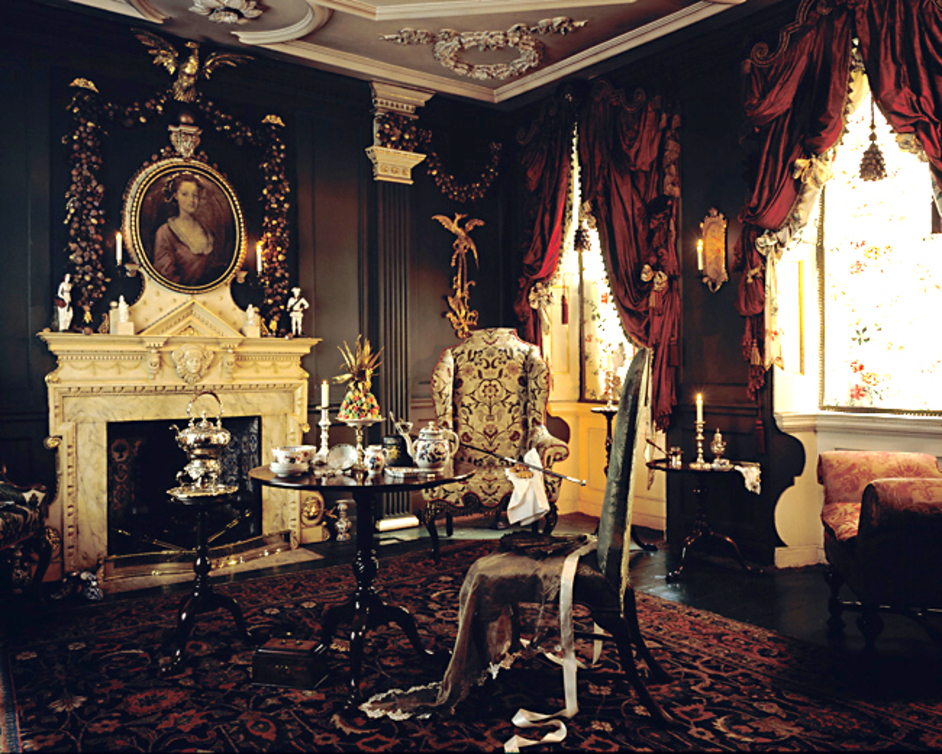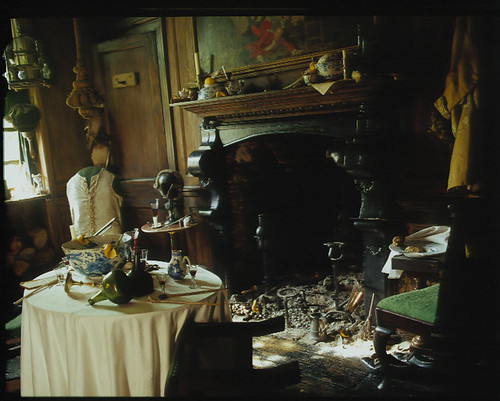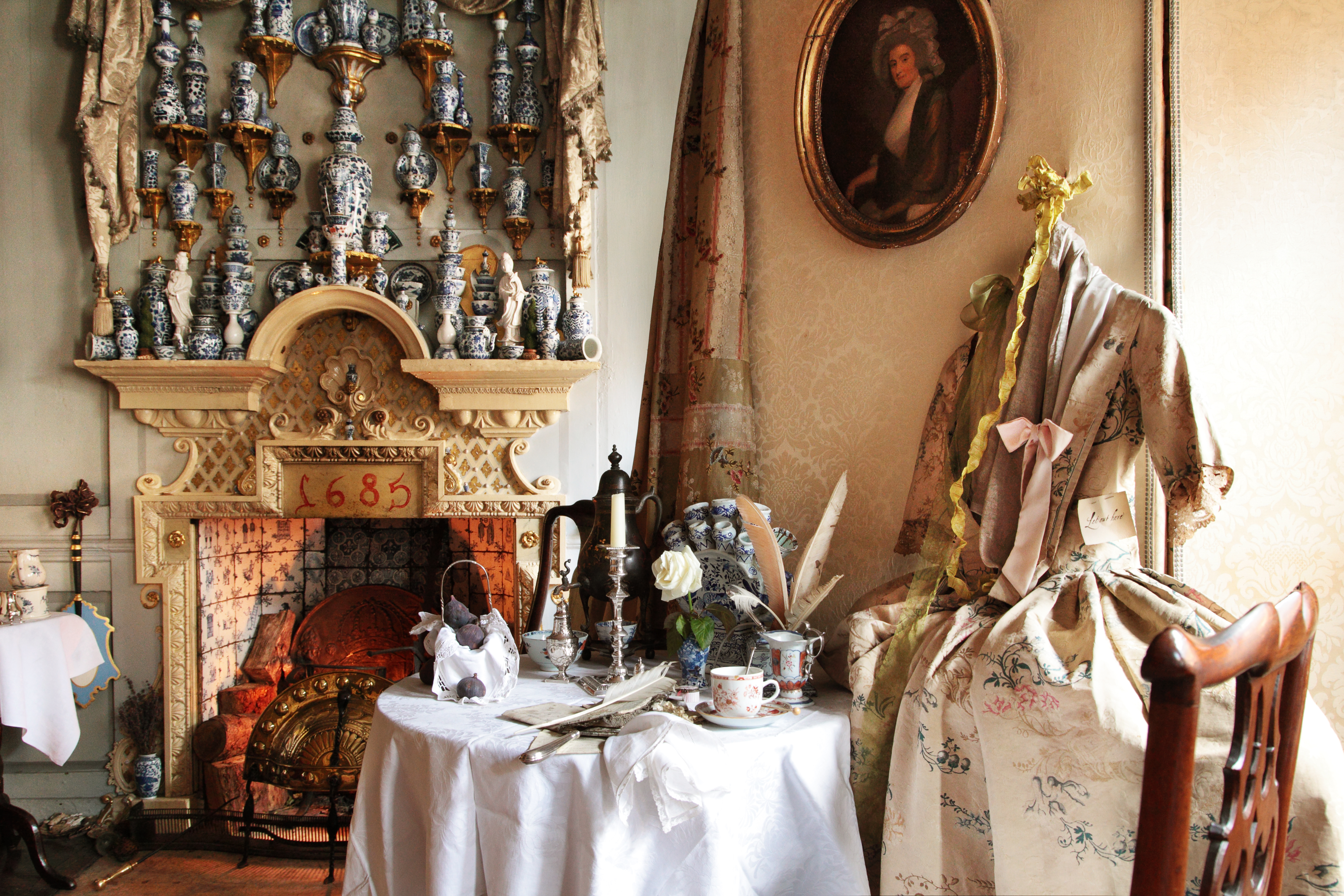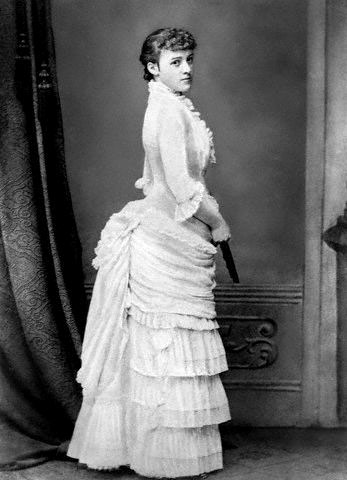Though I'm not the only American to fall prey to the charms of Spitalfields, there have been many before me but who exceeded all collective eccentricities and definitely had more money. Was the king of the desperate romantics: Dennis Severs.
Dennis Severs had been brought up in post-war California, and while the likes of Reyner Banham were dreaming of the place-less reinvention that the West provides, Severs longed to be part of something older. After years of costume dramas on TV, Severs arrived in London in the 1970s, but found something not at all to his tastes. It was a rapidly industrializing place and the city workers were getting more encompassing by the day. Instead of accepting his disappointment and adjusting, he simply ignored the development around him and decided to live in the past. Sort of like the Amish or Japan's rejection of firearms for 300 years.
The past became Severs medium: he began by buying an authentic handsome cab and giving rides. But after his stable was demolished by developers, he needed to find another outlet. So he bought a ramshackle house at 18 Folgate Street and started to work.
He decided that he was going to invent a family of Huguenots silk merchants, their beginnings as hard working protestants to grasping decadence and further to their inevitable decline. Each room in the house was going to be a total experience, sights, smells, sounds. All in perfect silence while Severs described this fantastical history. Here's a quick recap starting from the bottom-up:
Basement Cellar - The remnants of the leper burial plot from St. Mary's Spital (hence the name: Spitalfields)
Basement Kitchen - The beginning of sensory development, in an almost Frank Lloyd Wright philosophy, he reminds the viewer that the Latin word for hearth is focus. So the fire is the axis on which the rest of the home moves (editorial note: I've always disagreed with this statement, though maybe because I've always had central heat)
First Floor Dining Room - The "Jarvis Family" (again, a complete invention by Severs) move in and are the kind of hard-working patriarchs one might expect. Food half eaten, a clean, functional, warm space filled with orders and announcements.
Second Floor Parlor - It seems a generation later, their protestant beginnings have started to give way to the Enlightenment principles of Kantian aesthetics: not a single thing should be added or removed, the room is complete.
Second Floor Smoking Room - Though all is not well with the Jarvis Family, the heir is a lout and a drunkard, a spoiled rich-kid who daddy never paid attention to. The thing that is to be noted in this room is the vast number of blood-letting bowls, a common treatment for people suffering from Gout. Turned over chairs and the pungent smell of tobacco pervades. According to the myth, the young heir eventually hung himself in the attic, something that is noted in a portrait in the upstairs room - speaking of which.
Third Floor Bedrooms - A young girls room is immediately on the left as you come up the stairs is covered with subtle notes of a broken heart. A portrait of a young man with a black ribbon tied around it, dozens of pictures of happy couples, this girl wants to be loved. Bad. The other bedroom is presumably of her mother, an eccentric who would have been a hoarder if taste had allowed. This place is lousy with blue and white china.
As you exit the house, you're leaving on the eve of 1912, as a subtle newspaper cutting on the wall describes. World War is upon you, and as you exit onto modernity, you know the world of the Jarvis' is over.
I liked it, though it is slightly disturbing. Though by far my favorite part was the hallway decorations. On the first floor, a magnificent candied fruit display sits delicately on a wooden table. Anyone who has been in enough museums would recognize it immediately as an objet d'art. One that, should it be on display in any other forum, would be a nice piece of pottery and nothing else. Here it is being used for its intention, and is all the more beautiful for it.
The main gist of this whole house is either you get it or you don't. A viewer will either see an intense Gesamtkunstwerk of a still lives and people just outside of sight or a total weirdo whose obsession with the past is just an uncomfortable side effect of mental illness. It's kind of up to you.
I think I get it because I understand Severs longing desire for a world not his own. More than once people have asked me why I don't want to live in the place I grew up. At the end of the day, it's because the person I was when I lived there wasn't a person I liked being: insecure and jealous, awkward and lonely. It was the liberation of all that middle-class, white bread, meet a nice boy and settle-down expectation that made me happy for the first time in years. And that liberation came in the form of constraint. Constraint by history.
History has the ability to make you feel connected to a longer tradition, even if it's one you invent, like Severs did.
Though at the end of the day, the obsession eventually consumed Severs and in the last years of his life, he sought to escape the world he created, realizing that there was no way to continue this obsession. Maybe that's the trap of reinvention, if its tied too closely to a place, then its never really yours.




































 Well, well, well, if it isn’t Asher Benjamin,
Well, well, well, if it isn’t Asher Benjamin,

















